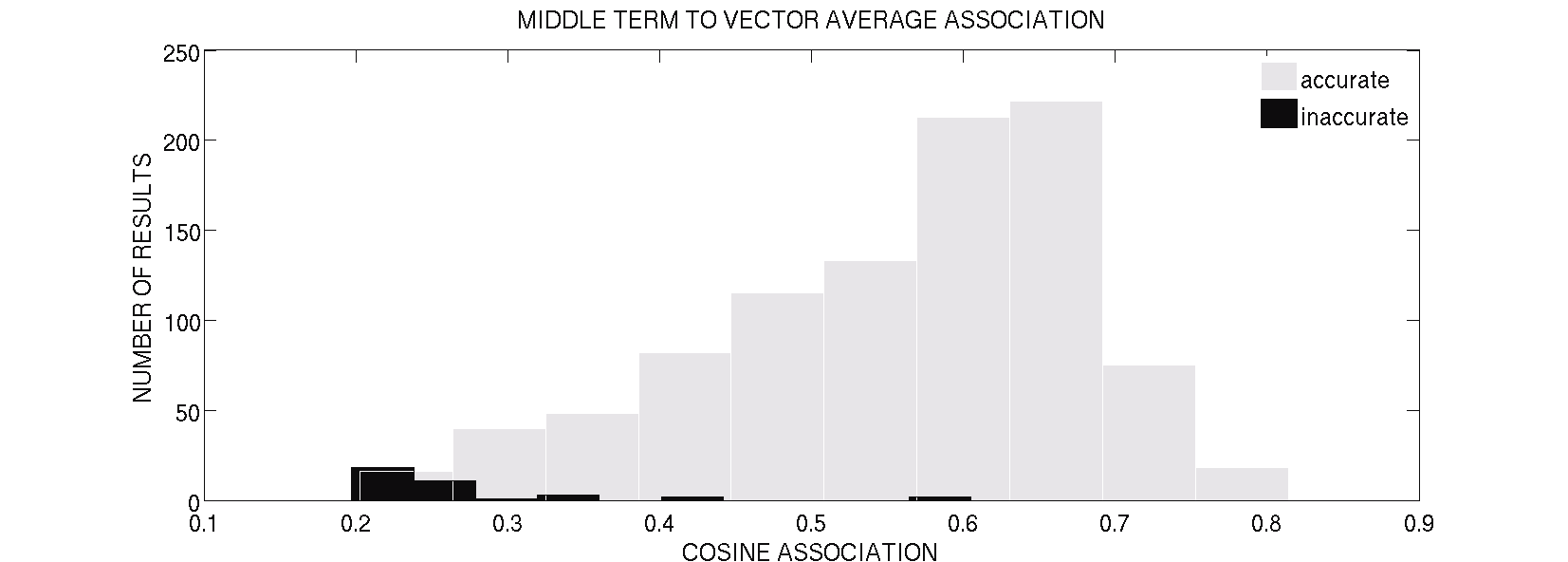The assessment of traumatic brain injury
Antidepressants and psychosexual dysfunction: Part 2 – treatment When antidepressant-induced sexual dysfunction has been established and recognised as an important aspect of a patient’s well-being, failure to treat may lead to non-compliance and loss of faith in the psychiatrist. Nonetheless, psychiatrists may simply find themselves out of their depth or be re
 predications extracted by SemRep present a considerable
that have sufficient data points to generate meaningful
resource for biomedical knowledge discovery.
predications extracted by SemRep present a considerable
that have sufficient data points to generate meaningful
resource for biomedical knowledge discovery.